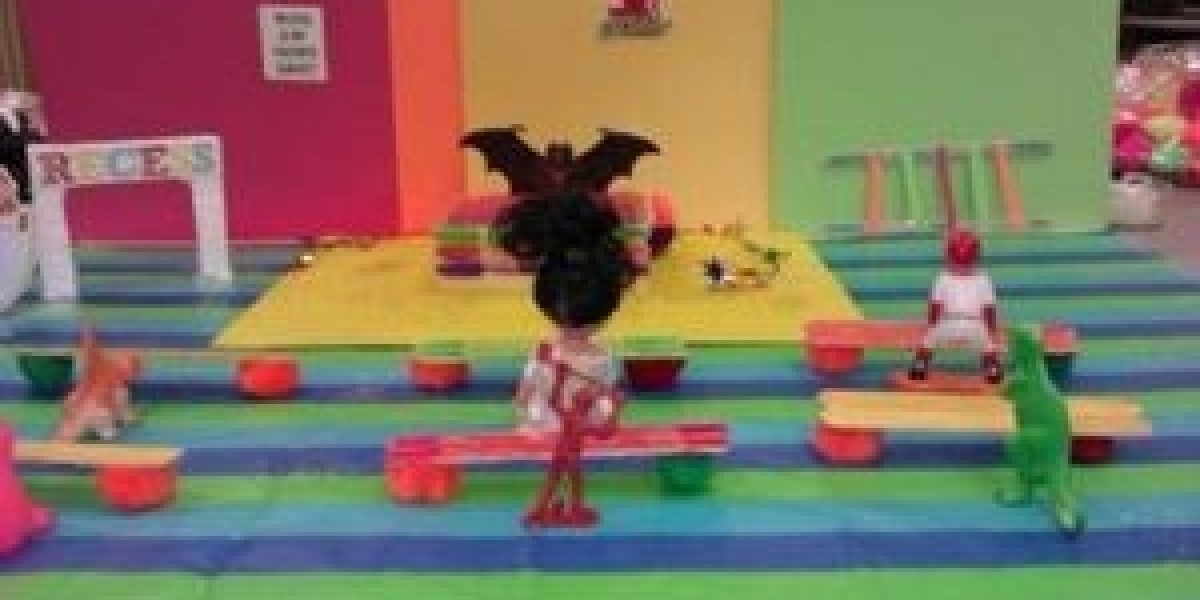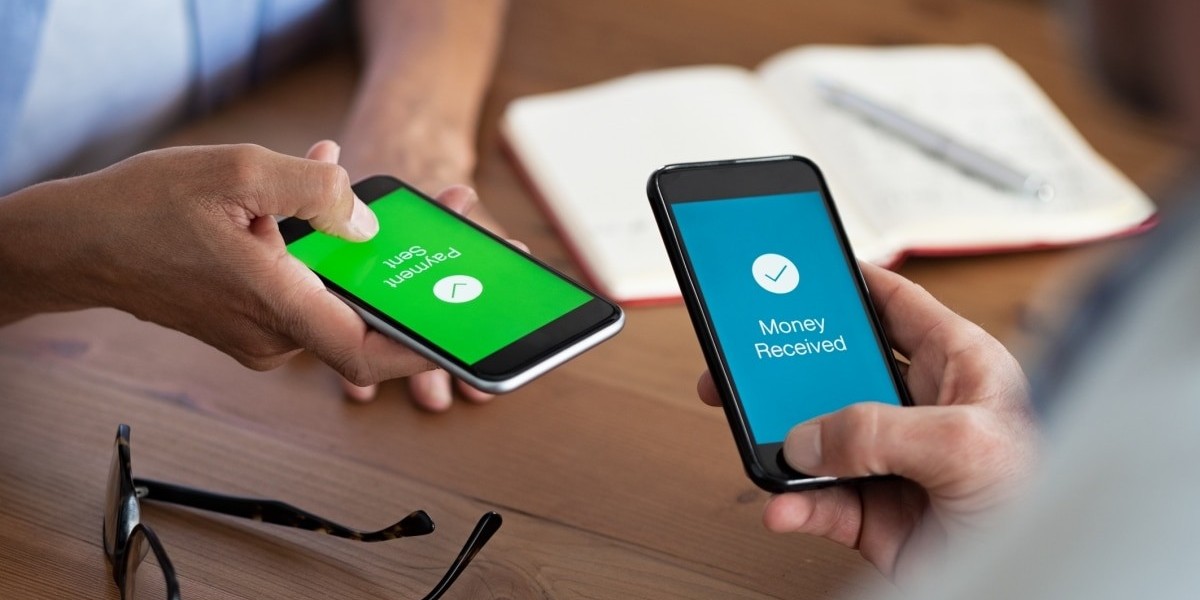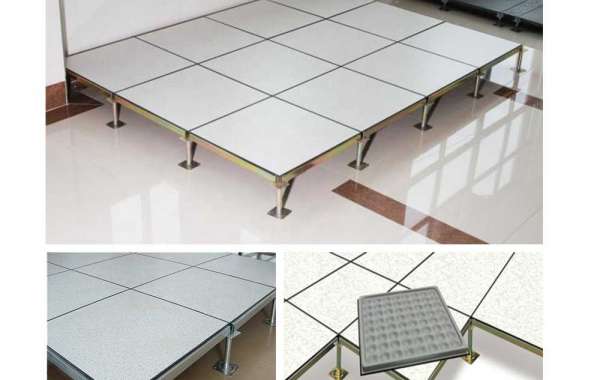Playing is natural, and during play therapy, the clients, especially children, let down their guard and open up to issues they might be holding back or undergoing either at school or home. For example, a child might not talk about bullying in school. However, if a role play technique is used during the sessions, the child will impersonate the bully. Therapists are then able to make their diagnosis and help the child overcome such occurrences.
What Does Play Therapy Involve?
Play therapy involves several sessions lasting about an hour over 12 weeks.
The therapist and the child meet to access and give solutions to mental and emotional needs. A therapist may suggest meeting the whole family depending on the issue at hand. However, the child can attend the sessions alone.
In the first session, therapists and parents/caregivers/guardians of the child meet to discuss what the child or family is undergoing. The therapist analyzes the child and plans the best way forward to help the child using play therapy.
Consequent future sessions involve fully understanding the problem, helping the child accept and deal with what is at hand. Finally, the therapist offers solutions and ways to live a better and healthier life. There may be some long term requirements in mental disorders for the family to follow to enjoy therapy success.
Play therapy is useful as the regular sitting across the desk with a pen and paper jotting down notes can be very intimidating, especially for children. A play therapist uses games to create a relaxed atmosphere where the clients can easily and freely express themselves.
Some conditions where play therapy is applicable include;
- Traumatized children who have experienced sexual, physical, or emotional abuse by adults
- Families dealing with life-changing events such as death or divorce
- Children growing up in abusive homes e,g under foster care.
- Children or families with a member suffering a mental health condition
- Neglected or abandoned children
- Children experiencing bullying and the bullies as well need therapy sessions
What To Expect in a Play Therapy Session
A play therapist will provide a wide selection of playing tools and toys to use. These tools and toys include small figure animals, sand, musical instruments, board and card games, dress-up props, clay, books, puppets, and stuffed animals.
Therapists will use these materials in themes to encourage the child to express themselves where verbal communication is difficult. Children understand the play language better. This creates a safe and relaxed environment for them to deal with emotional disorders.
However, every child expresses and understands things differently. The first important thing is to relate with the client, probe deeper into their issues, and use the appropriate approach.
A non-judgemental, relaxed, peaceful, and warm environment is what everyone is yearning for in this busy life. Games and play can create such an atmosphere for you and your clients.
Play Therapy Techniques
Toy and Object Play Therapy Techniques
Magic Wand Play
The play therapist gives the child a magic wand and asks them to make three wishes. You will find one of the wishes is likely to be a real-life problem the child has or is experiencing.
This playing technique helps children verbalize their wishes or desires in a relaxed and safe space.
Emotions Ball Play Therapy
Among the family therapy techniques, this one works well to express emotions, especially in children who might be uncomfortable describing their feelings. Using a ball, write a feeling on each side, then have the family toss the ball back and forth. You might have emotions like joy, happiness, sadness written on the ball. Whoever catches the ball describes a time when they had that particular feeling.
This a group therapy activity to help families discuss their emotions while the rest listen with no judgment.
Feelings Charade Play Therapy
This play uses feelings on written charade cards. You could call it a card game.
The children pick cards and act out the emotions written on them during the therapy sessions. The aim is to allow the therapist to analyze how clients express their feelings in the family set up. Best for teens and very therapeutic.
Tearing Pages Play
This playing therapy technique uses an old book. The children tear pages out of the book, crumple, and toss them into the paper bin. This play therapy idea helps the children understand how to "throw away" angry feelings and not hold on to them.
Metaphors and StorytellingStorytelling Techniques
Emotion Thermometer
The children are given a makeshift "emotion thermometer" with a range of emotions from 0 (smiley face) to 10 ( frowning face). The play therapist instructs the children to list events and how they feel about it then indicate points on the thermometer.
Some questions to ask:
- What makes you feel like a smiling face?
- What makes you sad or frowny?
- What makes you relax and enjoy doing?"
Studies have shown children who learn to monitor and regulate their emotions using this play therapy technique are stay away from aggressive and disruptive behaviors.
Mutual StorytellingStorytelling
This play therapy technique involves storytelling by both the child and the registered play therapist. The child is invited to tell a fictional story.
After narrating, the child has to explain the lesson or moral of the story. Consequently, the specialist goes over the story again but gives solutions to the characters' conflicts.
Role-Play Therapy
Role-Playing
The child is asked to role-play an event that makes them anxious. This way, the child works out the anxiety and resumes everyday life with courage. For example, a bully at school might instill fear, but role-playing makes the child understand the bullying has nothing to do with them.
Superhero Play
The children are asked to draw their favorite superheroes with their superpowers. Therapists can then help the child relate their strengths to these superpowers and use them positively.
Puppet Play
Puppets are excellent tools for play therapy. A unique technique is the Family Puppet Interview. The therapist presents the children and their families with puppets, then asks them to each choose a puppet representing each member.
The child and their family narrate a story using the puppets. While at it, the councilor interviews individual family members about the story and then opens up the discussion to the whole group. This helps reveal family dynamics the child might be unwilling to talk about freely.
Communication using puppets has helped clients struggling with selective mutism.
Creative Arts Play Therapy Technique
Color Your Life Play Therapy
The color your life plays therapy goes works well because of children, and everybody else loves color. Right? It engages the child and allows them to let loose with all the colorful tools. You will need M&M or Skittles. Give the child and their family enough pieces the candy and let them sort them out by color. Instruct them, depending on the number of colors, to respond to the following prompts;
- Green - Use words to describe the family
- Orange - What needs to be improved in the family set up
- Red - Representing what worries them
- Yellow - Describe their favorite memories
- Purple - To describe fun activities the family does
Clay Play Therapy
Clay play therapy allows the child to show their creativity while expressing what they feel inside. When sculpting, the technique help children relieve stress. They use art skills to sculpt characters who maybe contribute to their mental health disorder. Therapists gather information from the interaction and use it to offer solutions.
Painting Play Therapy
The child is asked to finger paint whatever they want on a paper. While they paint, therapists continue to understand what the painting represents and affect their lives.
Draw a Family Play Therapy
In the draw a family therapy session, the client to draw a picture of their family. The psychiatrist as questions based on the drawing to understand what every family member represents to the child, how they affect them and make them feel.
The way they draw each family member reveals how they affect them, and this play therapy help children speak out hidden emotions.
Imagery and Fantasy Play Therapy Techniques
Guided Imagery
If the child is experiencing nightmares in their dreams, then explaining to the child nightmares are like movies and they can change the movie(nightmare)
The counselor helps the child figure out a better ending for the nightmares. Guided imagery play therapy changes the child's mental pictures and gives them control over their mind.
The World Technique
This play therapy technique involves the child using toys and tools to build an imaginary world of their own. As you observe, ask questions to understand the child's mind. What they come up with could be happening in their reality.
Additionally, this play therapy activity allows the child to express their creativity and express their emotions with no inhibition. Playing the role of a creator gives them power. You find their problem-solving skills improve because they face challenges and need to overcome them as they build.
Family Relations Technique
During this play therapy sessions, a makeshift mailbox and mails from strips of papers are the tools to use. How? Provide every family member with a mailbox. On the strips of papers, write down statements such as "hates me," "protects me," "loves me," "cares for me," and the like.
Present everyone with the mails and let them put is in the right mailbox being held by the family members individually.
Mailbox play therapy activity helps you understand family dynamics and improve their problem-solving skills by acknowledging how everyone makes the other feel.
Worry Dolls
Some children carry burdens from home, such as financial turmoil, leaving them feeling worried, which significantly affects their mental health.
However, a play therapy activity like worry dolls goes a long way in solving such problems. How? You present the children with dolls, and they assign each dish with a thought bothering them in this case, worry. After the session, they leave the dolls behind then discuss the worry dolls in a future appointment describing the worries left behind.
This activity can also use stuffed animals. The intent is to show children they don't have to worry and leave worries behind.
Genogram
A genogram represents a schematic of the family tree. While it can be used to map out blood and medical relations, a therapist similarly uses it to draw a family's emotional relationships.
With the genogram, the child can root out emotional ties and their impacts. For example, abuse and divorce are major family disruptions. The child can point out who and where the disconnect started.
Communication Games
The Talking, Feeling and Doing Game
This play therapy activity is one of the most popular tools used in child therapy. Like a classic board game, the children place playing pieces at the start point. They take turns throwing the dice and moving a pawn along a path of squares.
Depending on where your pawn lands on the board, you pick a talking card, feeling card, or doing card—The cards basic instructions to follow where the winner has the most chips when the game is over. The response of the child during play therapy in this game reveal their inner feeling and psychological issues.
Self-Control Play Therapy Techniques
"Simon says" is a perfect therapy play game to learn self-control and attention skills. You ask the children to follow instructions and do as you say. But only when you start with "Simon Says."
As you lead, the children learn how to be attentive. It creates giggles and breaks barriers. Children open up when engaged in physical activities.
Strategy Games Play Therapy Techniques
This therapy playtime allows the children to sharpen their problem-solving skills. While playing games like checkers, pick-up sticks, or chess, they are forced to be attentive, create a strategy, and improve their playing skills.
As they master the game and learn new tactics, they gain a sense of control and patience as they wait for the opponent to play their turn.
Moreover, winning and losing builds character. A child with anger issues might be sour. This reaction helps the child navigate such emotions and understand that winning is fantastic but losing is part of life. The child will learn how to accept defeat in life.
Other Play Therapy Techniques
Laughter Play Therapy
Laughter is said to be medicine for the soul. Why not introduce laughing sessions in play therapy?
A tickling game is one way to get children laughing. How about telling jokes or funny things about the other person? It like comedy where the comedian uses jokes to pass on a message. The reaction to what is said, how it is said, and who says it gives you an idea of the family dynamics.
Besides, real emotions are expressed in a happy and calm environment. Laughter improves relationships, as well. Ir breaks barriers put up by life's issues.
Stress Inoculation Play Therapy
Public speaking causes most adults sleepless nights. Can you imagine how it must be for a child then? For example, the child might have a problem with class presentations, ask them to play out the presentation for you using toys, and see how free they get around the whole situation.
As the therapist, guide the child on approaching and handling any occurrences when faced with stressful events. Children love recognition, applaud them when they do it, ok. This play therapy activity builds the child's esteem and gives them control.
Hide-and-Seek Play Therapy Techniques
Simple hiding and seek games during play therapy can reveal hidden emotions such as separation anxiety, fear, abandonment, or loss. A child feels safer with an adult around. Their reaction and responses in such a game give more insight into some of these areas in their lives.
Magic Tricks Play Therapy Techniques
Magic tricks are fantastic for ice breaking. Children warm up to strangers slowly so that a magic trick might do the trick for you. Play therapy sessions need to be comfortable and welcoming for them. Teach then magic tricks and let them act the tricks themselves.
This play therapy technique creates openness and gives them control, especially if they learn the trick quickly. With control comes a boost in self-esteem, which many may suffer if not monitored. A child loves illusions, get toys that help in their imagination as well.
Conclusion
Playing is considered the language of children. With this in mind, games and play help children express themselves naturally with no inhibition. Regardless of what your child or family is undergoing, a therapy offers more solutions to handling them.
A struggling kid or one undergoing emotional abuse can easily get lost in a game and give clues to what is happening in their mind and social places.
Play therapy continues to be practical, and many parents give positive feedback after attending sessions with their children.
Interested in more? Check out our upcoming Play therapy courses online










